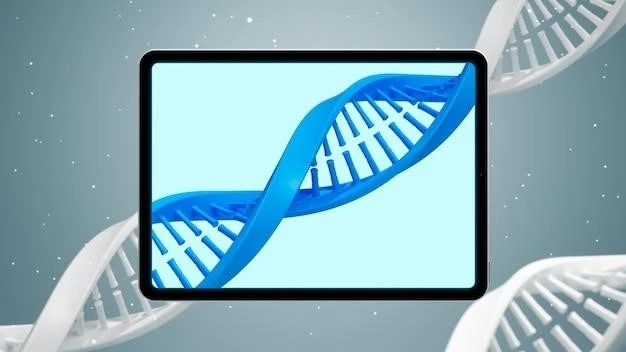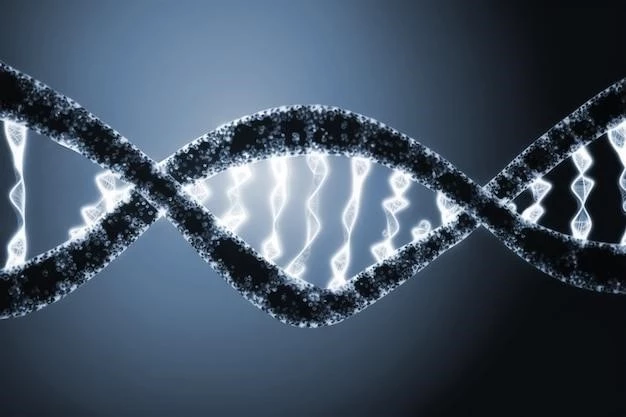CRISPR Gene Editing Technology: A Personal Journey
The world of science is constantly evolving, and one of the most groundbreaking advancements in recent years has been the development of CRISPR gene editing technology. It’s a tool that has the potential to revolutionize medicine, agriculture, and even our understanding of life itself. As someone who has been closely following this field, I was eager to learn more about CRISPR and its potential applications. So, I embarked on a personal journey to explore this revolutionary technology.

My CRISPR Journey: From Curiosity to Understanding
My initial encounter with CRISPR was through a news article about its potential to cure genetic diseases. I was fascinated by the idea that scientists could precisely target and edit genes, potentially eliminating the root cause of diseases that have plagued humanity for centuries. I began to devour every article and research paper I could find on the subject.
I learned about the basic principles of CRISPR, how it works by using a guide RNA to locate a specific DNA sequence and then using an enzyme called Cas9 to cut the DNA at that location. This allows scientists to insert, delete, or modify genes with incredible precision. The simplicity and efficiency of CRISPR compared to previous gene editing methods were truly remarkable.

The Promise and Challenges of CRISPR
As I delved deeper into the world of CRISPR, I became aware of its immense potential. The possibilities seemed endless:
- Curing genetic diseases: From cystic fibrosis to Huntington’s disease, CRISPR could potentially cure diseases that are currently incurable.
- Developing new therapies: It could be used to develop new therapies for cancer, HIV, and other diseases.
- Improving agriculture: CRISPR could be used to create crops that are more resistant to pests, diseases, and harsh environmental conditions;
- Enhancing human capabilities: CRISPR could potentially be used to enhance human capabilities, such as increasing muscle mass or boosting cognitive function.
However, alongside this potential comes a set of significant challenges. Ethical considerations are paramount. The possibility of designer babies, where parents could select traits for their children, raises profound ethical questions about the future of humanity.
Moreover, the technology is still relatively new and requires further research and development. Safety concerns remain, and the long-term consequences of editing genes are still unknown.
My Personal Perspective
My journey into the world of CRISPR has been an eye-opening experience. I’ve witnessed the incredible potential of this technology to transform our lives, but I also recognize the immense responsibility that comes with it.
I believe that CRISPR has the potential to be a force for good in the world, but it’s crucial that we proceed with caution and ethical considerations in mind. It’s essential that we continue to research and develop this technology responsibly, ensuring that its benefits outweigh its risks.
As the technology evolves, I’m committed to staying informed and engaging in the conversation surrounding CRISPR. It’s a technology that will shape the future of humanity, and I believe it’s our responsibility to ensure that it’s used for the betterment of all.










